Substrate is Essential for a Thriving Aquarium Environment
Aquarium substrates play a vital role in creating a healthy and thriving environment for your aquatic pets. They offer numerous benefits that help promote the growth and health of both fish and plants.
One of the main benefits of aquarium substrates is that they house beneficial bacteria. These bacteria help break down waste products and convert toxins into less harmful compounds, ensuring a healthy living space for your pets.
Substrates also provide a stable surface for the growth of healthy aquarium plants. The roots of the plants require a surface to anchor and absorb nutrients, and a high-quality substrate provides that stability. It also helps to prevent plants from floating around in the water, ensuring a beautiful and natural-looking aquarium.
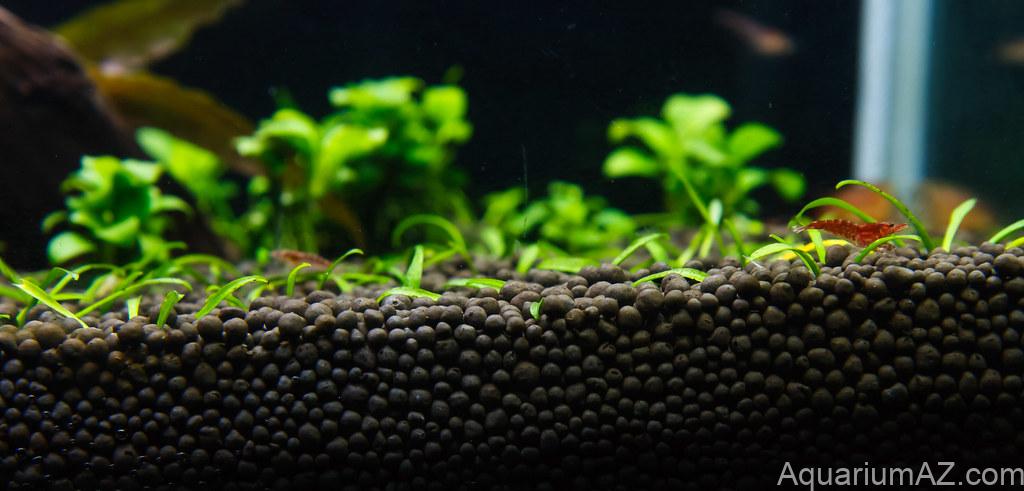
Aquarium substrates come in a variety of colors and textures, providing an opportunity to create a customized look that complements your home or office décor. They also help to stabilize the pH level of your tank, which is essential for the overall health of your aquatic pets.
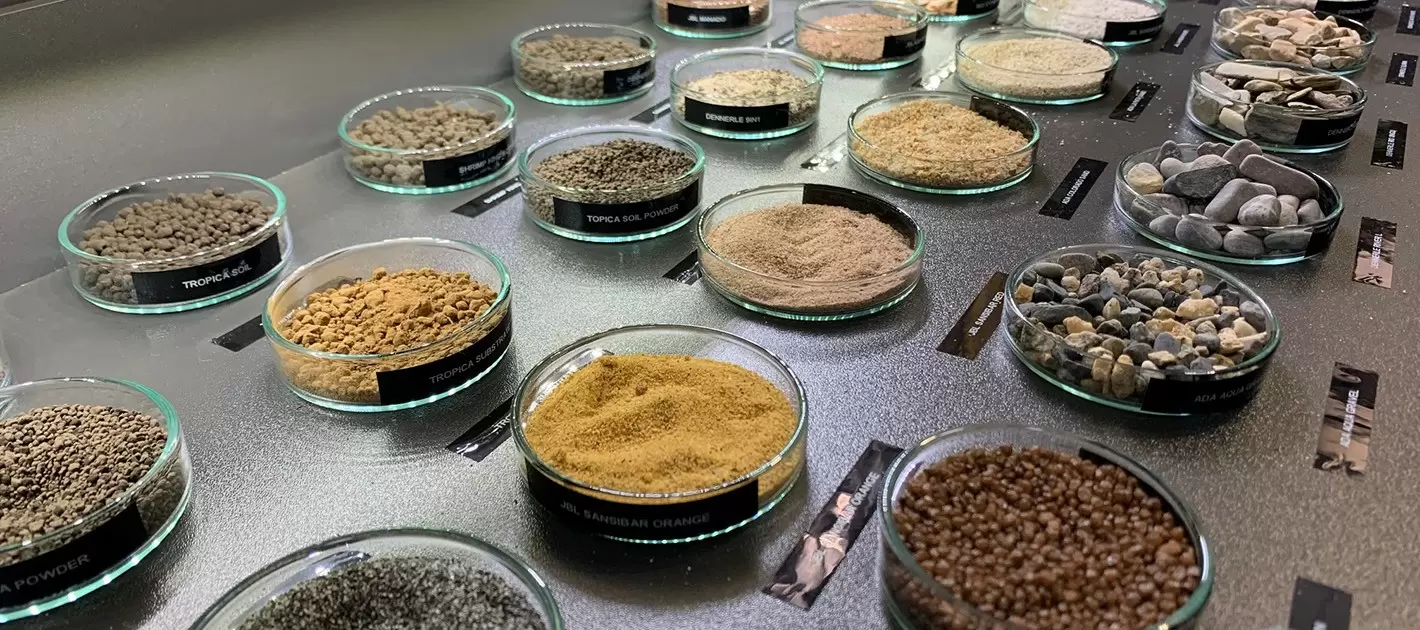
Understanding the Different Aquarium Substrate Choices
Choosing the right substrate for your aquarium is crucial for the health and growth of your aquatic plants. Gravel and sand are common choices for a stable base, but they may not provide the necessary nutrients for optimal plant growth. Specialty substrates, like aqua soil and laterite, can be great options as they contain essential nutrients that can help your plants flourish. However, it’s important to be aware that some specialty substrates can increase the pH of your aquarium water.
Another option is soil substrates, which can provide a rich source of nutrients for your plants. However, if not properly prepared, soil substrates can release ammonia and other harmful compounds into the water, causing harm to your aquatic pets.
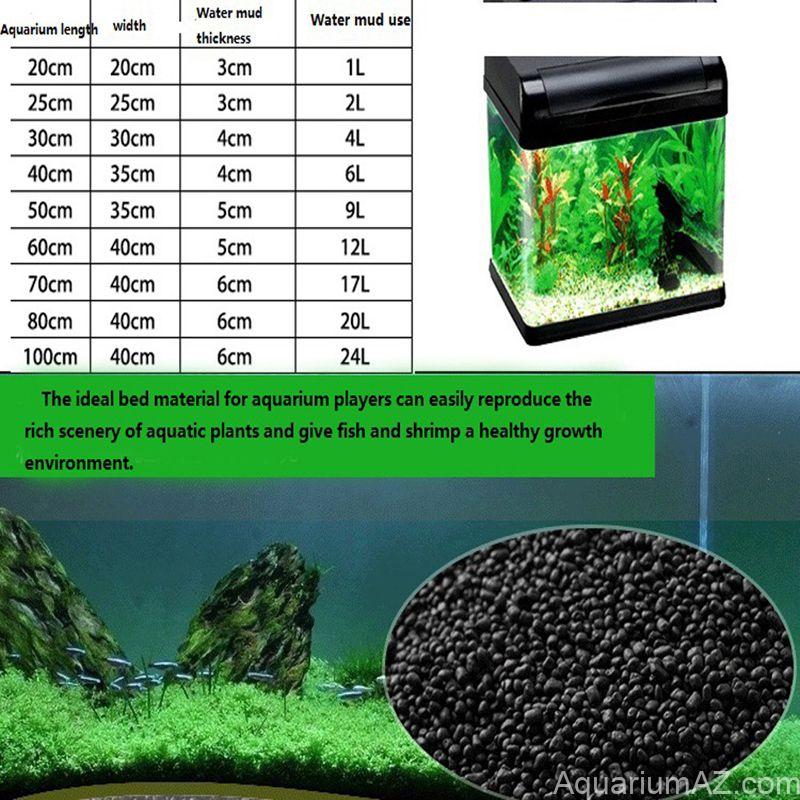
The Ideal Amount of Substrate for Thriving Aquarium Plants
Two key factors determine how much soil your aquarium plants need:
- The size of your aquarium.
- The depth of your substrate.
The depth of your substrate will vary, depending on how big your aquarium is. However, the general rule of thumb is to have a substrate depth between 2 and 5 cm for freshwater aquariums, and 5 to 7.5 cm for planted aquariums.
To work out how much soil your aquarium plants require, firstly, measure the size of your aquarium in centimeters (cm). Once you have that, you can use the following equation:
Length x width x depth (of aquarium) / 1000 = The amount of aquarium soil you need in liters
Possible Replacements for Aquarium Soil
If you prefer not to use soil substrates in your aquarium, there are still plenty of options available to promote healthy plant growth.
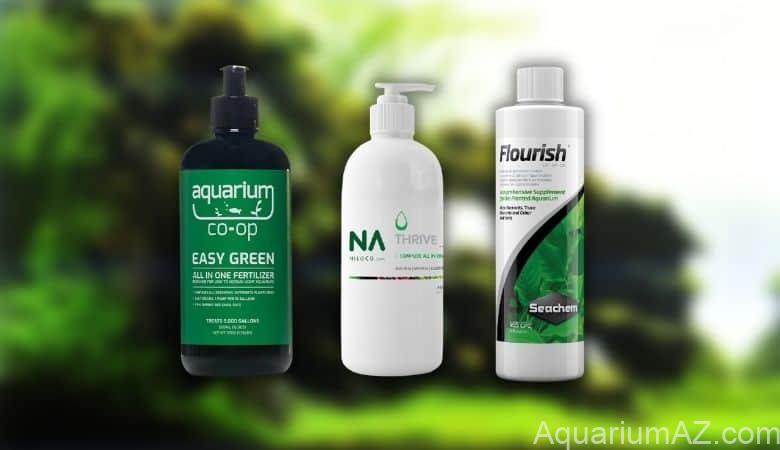

Root tabs and liquid fertilizers are a popular alternative to soil substrates. They can provide your plants with the necessary nutrients without raising the pH level of your aquarium water.
Another option is to use inert substrates like gravel or sand and supplement with regular fertilization and CO2 injection. While these substrates may not offer as many nutrients as aqua soil or laterite, they can still provide a stable foundation for your plants and keep your aquarium looking great.
Aquarium Plants With No-Substrate Needed
There are several aquarium plants that can thrive without a substrate. These include floating plants like duckweed and water lettuce, as well as epiphytic plants like Java fern and anubias. These plants attach themselves to decorations or other surfaces in the aquarium, absorbing nutrients from the water column and air. Choosing plants that don’t require a substrate can be a great option for aquarists who prefer a low-maintenance setup or for tanks that house bottom-dwelling fish that can disturb a substrate.
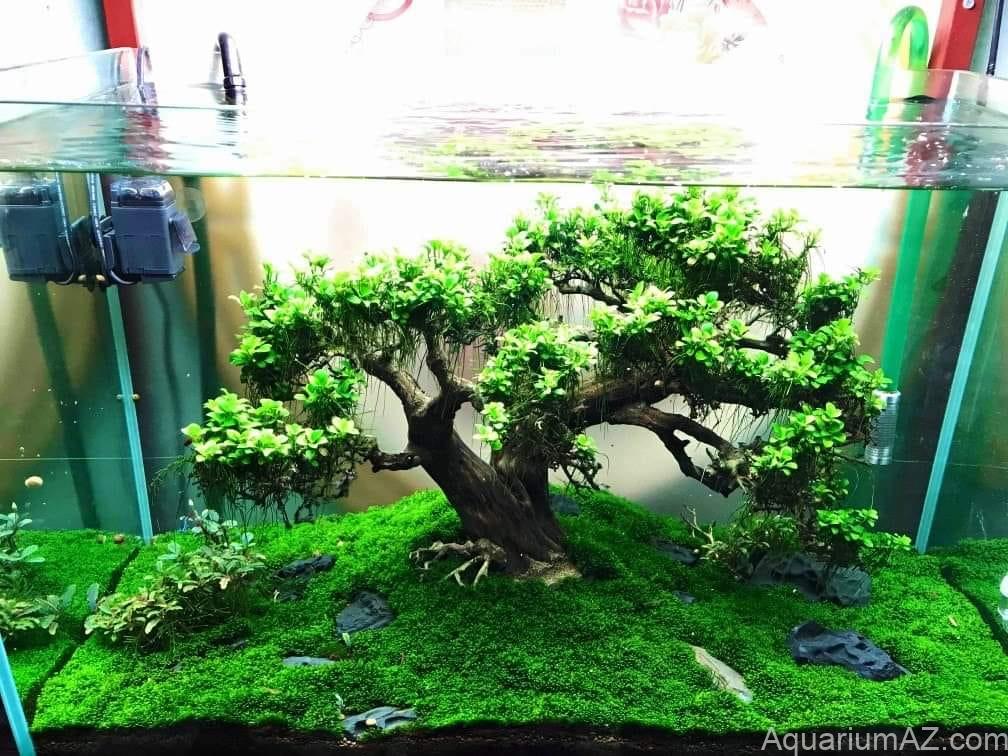
- Java Fern (Microsorum pteropus)
- Anubias (Anubias barteri)
- Java Moss (Taxiphyllum barbieri)
- Hornwort (Ceratophyllum demersum)
- Water Sprite (Ceratopteris thalictroides)
- Duckweed (Lemna minor)
- Water lettuce (Pistia stratiotes)
- Water Hyacinth (Eichhornia crassipes)
- Riccia Fluitans (Riccia fluitans)
- Moss Balls (Cladophora aegagropila)
In conclusion, aquarium substrate is a crucial component in maintaining a healthy and thriving aquarium ecosystem. It provides a stable foundation for plant growth, promotes a healthy bacterial ecosystem, enhances the aesthetic appeal of the tank, and stabilizes the pH level of the water. Choosing the right substrate for your aquarium can make a significant difference in the overall health and wellbeing of your aquatic pets.
Sign up for our Newsletter ! Fish, Coral, Plant, Gear and More!
Become Part of Fish Keeper Community
